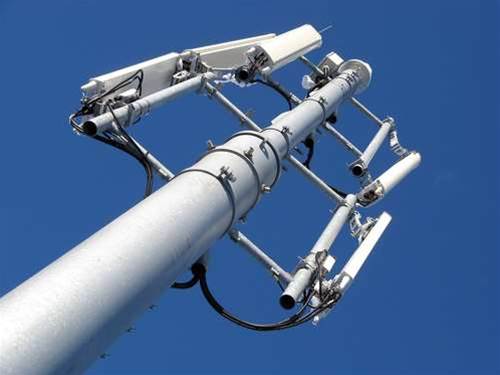Telstra will launch a self-service platform tomorrow aimed at companies wanting to use the carrier's Next G network to enable wireless machine-to-machine services.
The Telstra Wireless M2M Control Centre platform allowed electronic devices other than mobile phones to communicate with other devices or systems over the mobile network.

Each device carried an embedded module that included a SIM card slot. Examples of M2M applications included smart meters or residential security systems.
The platform was powered by technology licensed from Jasper Wireless in an "exclusive, multi-year agreement".
Telstra enterprise and government executive director John Paitaridis said that under current arrangements with telcos, a company rolling out smart meters could be required to house a "big stockpile of meters" with active wireless connections in a warehouse to ensure they were ready to be deployed in the field.
Those active meters were billable while they were still "sitting in stock for months at a time", he said.
The new self-service platform launched by Telstra would enable the company to instead buy a batch of Next G SIM cards and activate each one only as a smart meter was deployed in the field, reducing costs and giving the company greater control over the telecommunications element of their products.
It also provided a potential new growth engine for Telstra.
"We want to lead the M2M market over the next several years," director of wireless business applications and services Mike Cihra said.
"We see the opportunity as very significant financially."
Cihra said the M2M market in Australia was around $300 million now, but was expected to be worth some $1 billion "over the next four years".
"As exciting as it is, it's not without its challenges," Cihra said, citing the "low average revenue per user (ARPU) proposition for the [telecommunications] operator" as a key drawback, although it was typically negated by the scale of deployments.
Low ARPU was part of the reason Telstra wanted to hand off the activation and management of services to M2M companies. Telstra's platform would allow them to activate SIMs, diagnose device status on the Next G network, access billing records and troubleshooting advice from a single place.
"For us, it's about an ability to manage our costs and really scale out our business," Cihra said.
"What we have is a platform that really benefits us as an operator and benefits our customer by letting them take control of how and when they want services running across our network."
Telstra proposed several price models for M2M services. One plan had a one-off charge of $2 per activated SIM card and then $5 per month for 5 MB of data.
There were also shared plans that imposed data limits but no restriction on the number of SIM cards - $200 for 2 GB and $1,500 for 30 GB.
Custom prices were also available for "big fleets", Paitaridis said.
A test and development kit that included trial SIMs was also available for $199.



.png&h=140&w=231&c=1&s=0)

_(20).jpg&h=140&w=231&c=1&s=0)



_(26).jpg&w=100&c=1&s=0)

 iTnews Executive Retreat - Security Leaders Edition
iTnews Executive Retreat - Security Leaders Edition












_(1).jpg&h=140&w=231&c=1&s=0)



